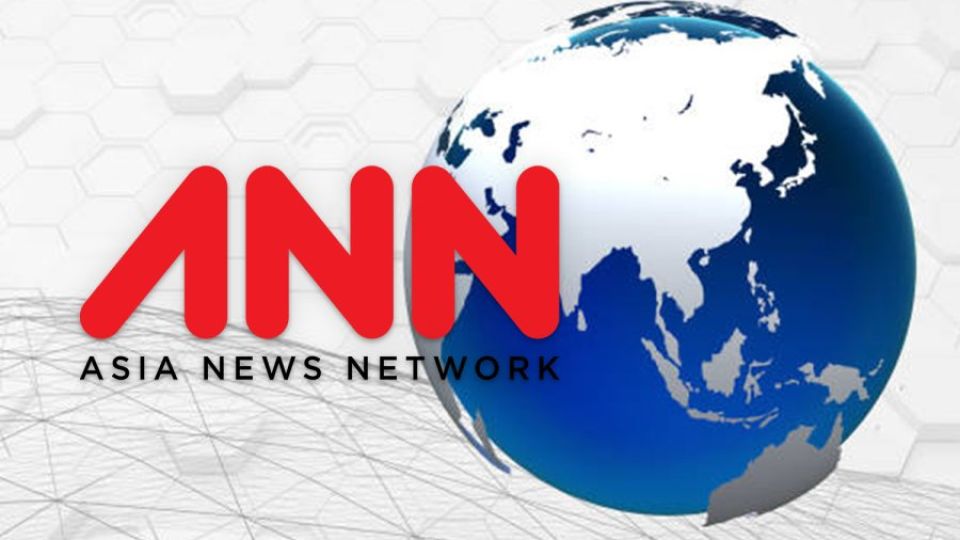May 19, 2022
JAKARTA – The United States and ASEAN may have many things in common when it comes to the future of the Indo-Pacific, even on security issues, but they differ on how to deal with China. While Washington is trying to build alliances in the region to contain the rise of China, ASEAN has accepted China’s growing power and tries to include, rather than exclude, Beijing in the emerging regional architecture. There is one problem, though. China has not fully subscribed to the geographical definition of the Indo-Pacific region, suspecting that this framework is tailored to suit the US agenda. Besides, China does not have direct access to the Indian Ocean. But then, neither does the US for that matter, but this has not stopped it from calling itself an Indo-Pacific power. For now, China is more comfortable speaking in the old and larger framework of the Asia-Pacific, while most of the rest of the world has fully embraced the Indo-Pacific regional framework.
So, while ASEAN and the US are on the same page on the Indo-Pacific, they are not necessarily in the same boat. President Joe Biden hosted a special summit with ASEAN leaders in Washington, D.C. last week to hammer out commonalities between his new Indo-Pacific Strategy (IPS) launched in February and the ASEAN Outlook on the Indo-Pacific, which the group came up with in 2019 to rival similar proposals from other countries to try and define the region’s place in the world.
The new US strategy specifically names China as the main threat to America’s vision of a free and open Indo-Pacific, and details the actions it will pursue to ensure freedom of navigation in the region. This includes the South China Sea, a strategic waterway for much of global trade between Asia and the Middle East and Europe, and an area of increasing contention between China and several ASEAN member states with overlapping territorial claims. The ASEAN Outlook has slowly gained traction through increasing recognition, though not necessarily acceptance, from other powers with vested interests in the region, including Australia, India, Japan, the United States and even the European Union. While they accept the central role that ASEAN plays in the region, they don’t necessarily share ASEAN’s vision of inclusivity, seeing China’s rise as a potential threat to the region’s peace and stability.
Biden and ASEAN leaders nevertheless found enough common ground to work toward elevating their relationship to a comprehensive strategic partnership (CSP), with the formal announcement expected in November. ASEAN already has CSPs with China and Australia. A CSP essentially makes these countries strategic partners to ASEAN in pursuing common goals, including security goals, but is still short of an alliance, which most ASEAN countries shun. The Joint Vision Statement issued at the end of the US-ASEAN Special Summit makes references to promoting maritime cooperation, more specifically in the South China Sea.
Without specifically naming China, the joint statement says that US and ASEAN leaders are committed to maintaining peace, security and stability in the South China Sea to ensure maritime security and safety as well as freedom of navigation and overflight. The leaders also recognize ASEAN’s ongoing negotiations with China to come up with a code of conduct in the South China Sea, which would bind countries to resolving their territorial disputes without the use of force. The negotiations have dragged on, but ASEAN still continues to put its faith in diplomacy in dealing with China, the biggest trading partner for all member states and now a major source of foreign investment and aid.
The ASEAN leaders demonstrated their regional centrality in Washington last week, meeting with not only Biden, but also Vice President Kamala Harris, House of Representatives Speaker Nancy Pelosi, members of Congress and top business leaders. For the US, however, the more important conversation on the IPS will take place later this week and next when Biden travels to South Korea and Japan, both staunch US allies. In Tokyo, Biden will also attend a meeting of the Quadrilateral Security Dialogue (Quad) with the leaders of Australia, India and Japan. The Quad, formed in 2007 as an informal gathering of the four countries to counter the rise of China, is now a formal grouping with a wider agenda that includes economic cooperation with other Indo-Pacific countries.
The attention Washington lavished on ASEAN leaders last week was good while it lasted. More than anything else, the US still sees ASEAN as partners to help promote and protect its interests in the region, particularly in the face of China’s increasing economic and political influence. ASEAN countries will continue to profess neutrality in the emerging hegemonic contest, but it will increasingly have to “navigate between two coral reefs”, a popular expression used by Indonesia’s foreign policy-makers in referring to staying nonaligned during the Cold War.
The US$150 million pledge Biden made during the summit with ASEAN leaders may seem minuscule compared to the billions China is pouring into these countries, but in the end, it’s not the money that counts. While we appreciate the gesture, the best way to move forward is for the US to continue to build trust with ASEAN and realize its commitments to upholding peace and prosperity in the Indo-Pacific. ***


